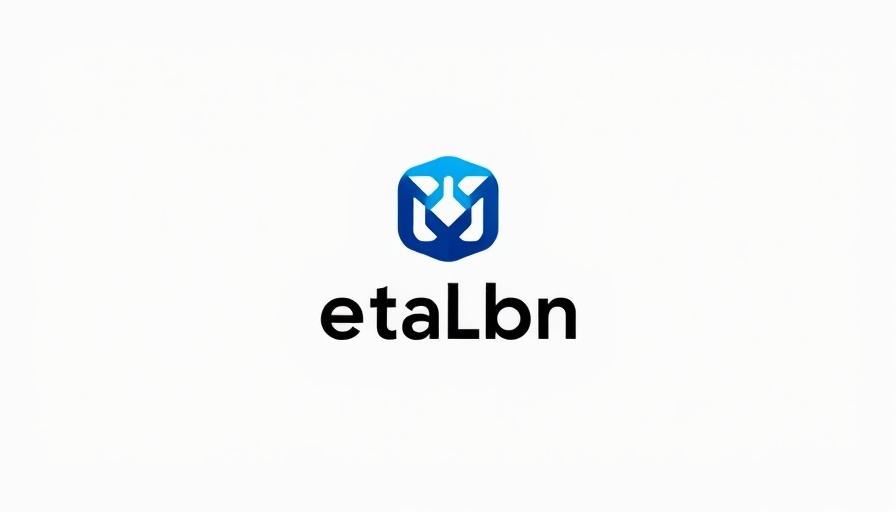
Transform Your Brand with AI Social Listening
As we venture into 2025, businesses are buzzing about the pivotal role of AI in social listening strategies. This technological advancement is revolutionizing how brands connect with their audience, offering a treasure trove of insights that can enhance their marketing strategies, boost customer engagement, and foster growth. A deeper understanding of what your customers are saying can empower business owners to make informed decisions that resonate with their market.
What is AI Social Listening?
AI social listening transcends traditional social media monitoring by utilizing artificial intelligence to analyze vast amounts of data from social media channels, forums, blogs, and more. This allows brands to capture key sentiments, trends, and conversations around their products or services. By harnessing this technology, businesses can glean actionable insights that might otherwise go unnoticed.
The Unique Benefits of AI Social Listening
In an era where consumers are more vocal than ever, the advantages of implementing AI social listening are manifold. For instance, brands can respond swiftly to customer feedback, monitor their reputation in real-time, and even identify potential crises before they escalate. A study by Hootsuite noted that businesses with a keen eye on social sentiments saw a 20% increase in customer satisfaction.
Top AI Social Listening Tools for 2025
Knowing which tools to leverage is crucial. Here are a few standout AI social listening tools projected to lead the market in 2025:
- Brandwatch: This powerhouse combines data analytics with machine learning to provide brands with sentiment analysis and trend tracking.
- Sprout Social: Known for its user-friendly interface, Sprout Social integrates social listening with robust reporting tools, making it a favorite among small business owners.
- Talkwalker: This tool stands out with its image recognition feature, allowing brands to analyze visual content shared by users.
Future Insights and Trends in AI Social Listening
As we look toward the future, AI social listening will play an even more significant role in shaping marketing strategies. Expect advancements in natural language processing (NLP) to result in more nuanced sentiment analysis. Additionally, brands that embrace data privacy will gain consumer trust, leading to a more engaged audience willing to share their opinions.
How to Implement AI Social Listening in Your Business
Integrating AI social listening into your business strategy doesn't have to be daunting. Start by identifying the platforms where your audience is most active. Next, select an appropriate tool that matches your business size and budget. Regularly reviewing the insights collected can help you adjust your marketing strategies and respond to consumer trends in real-time.
Common Misconceptions About AI Social Listening
Many business owners may believe that social listening is just about monitoring mentions. In truth, it encompasses a holistic analysis of sentiments, trends, and conversations over time. It’s not merely about collecting data; it’s about interpreting that data to forge a deeper connection with consumers.
Decisions You Can Make With These Insights
Utilizing AI social listening insights can lead to transformative decisions. For instance, if feedback indicates dissatisfaction with a product feature, brands can pivot their development efforts or customer service strategies. Furthermore, recognizing trending topics can allow businesses to launch timely campaigns that resonate with their audience.
Conclusion: Take the Next Step for Your Brand
The landscape of customer engagement is ever-evolving, and businesses that don't adapt risk being left behind. The implementation of AI-powered social listening not only cultivates brand loyalty but also enhances your growth strategy. By making informed decisions based on consumer sentiments, you can carve a path toward sustainable success. Are you ready to elevate your brand? Start exploring AI social listening tools today!
 Add Row
Add Row  Add
Add 




Write A Comment